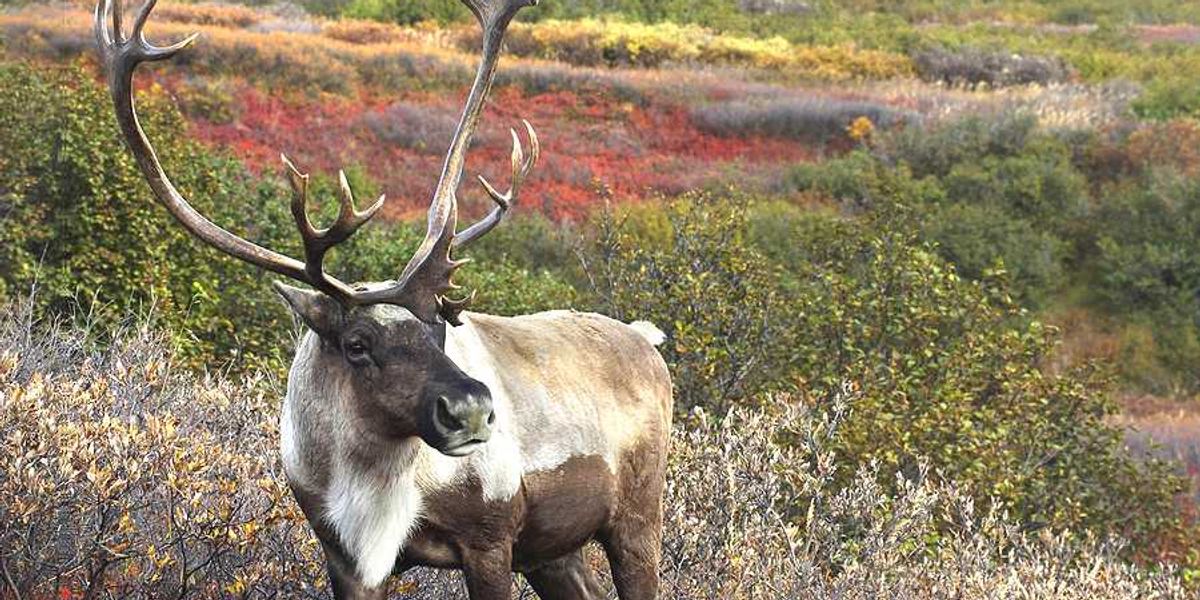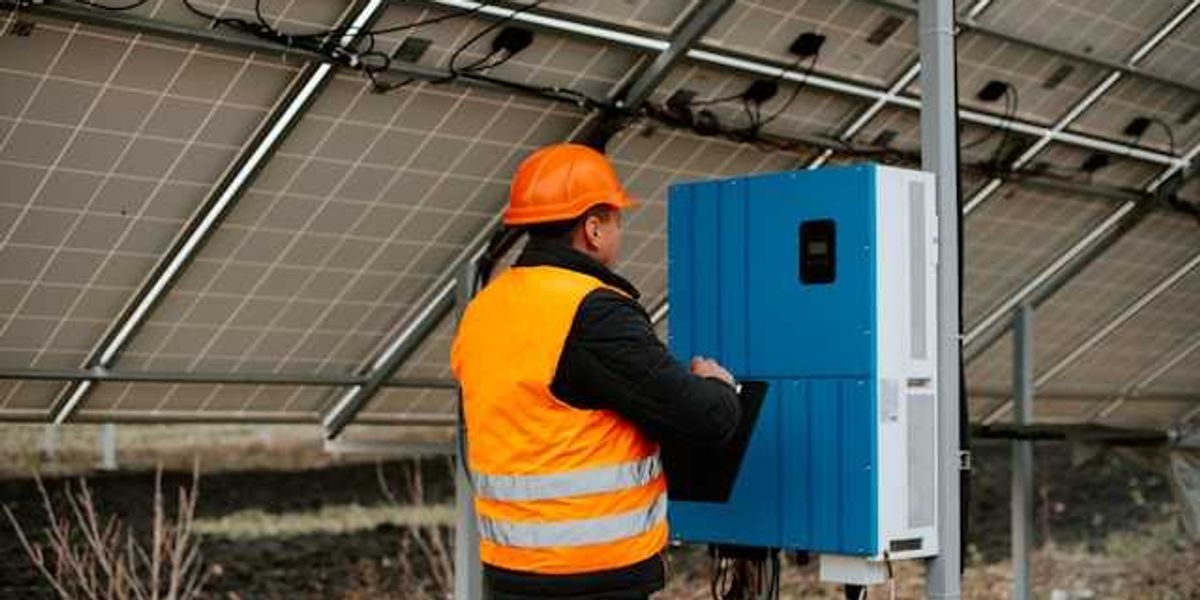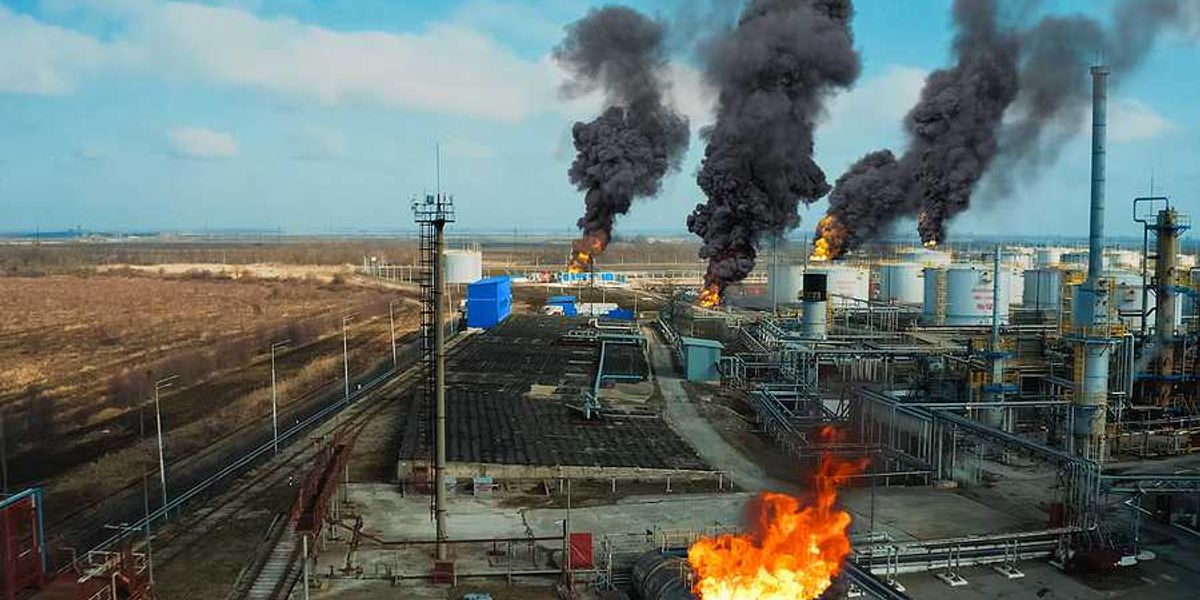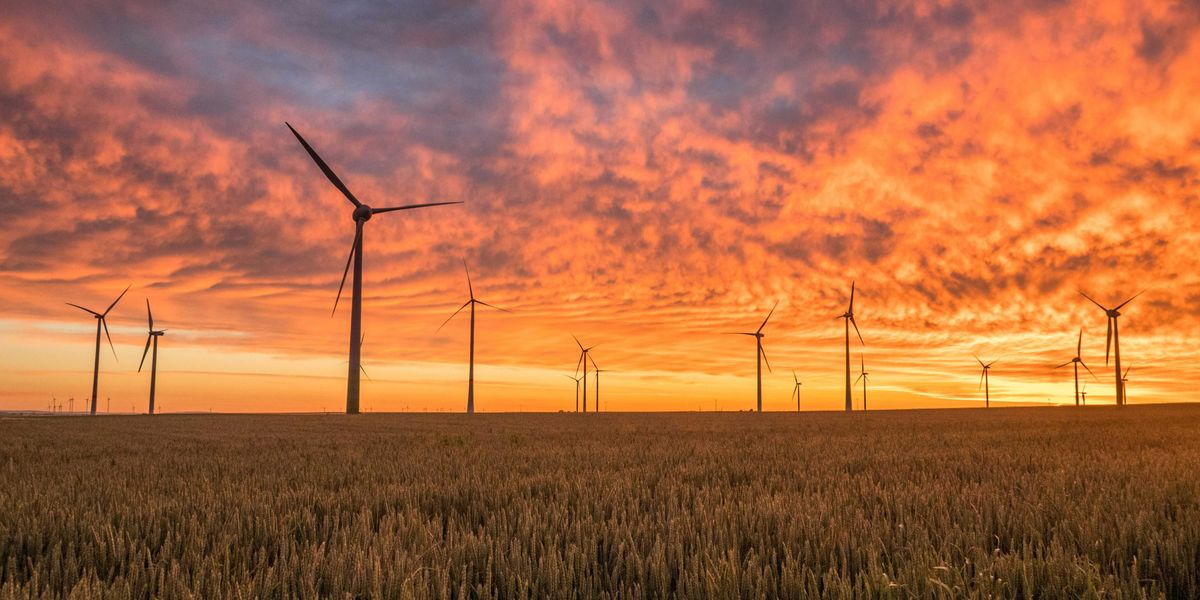Artificial intelligence reshapes wildlife research but raises concerns about lost field experience
AI is transforming how scientists monitor wildlife, offering powerful tools to analyze massive datasets, but some warn the shift could weaken human connection to the natural world.
Jim Robbins reports for Yale Environment 360.
In short:
- Researchers are using AI to process vast audio and visual datasets, revealing animal behaviors and habitat patterns once too difficult to study, including nocturnal species like the common nighthawk.
- Projects from Yellowstone to India now rely on AI to identify species, detect gunshots, and even forecast ecological changes, but critics argue this digital focus may sideline Indigenous knowledge and direct fieldwork.
- Conservationists fear that the dependence on AI, trained largely on Western data, could perpetuate biases and contribute to a detachment from firsthand environmental observation.
Key quote:
“If I could wave a wand and un-invent AI, I would.”
— Hamish van der Ven, professor of sustainable business management of natural resources, University of British Columbia
Why this matters:
Artificial intelligence is revolutionizing how we understand and protect biodiversity, but its rapid adoption comes with trade-offs that deserve scrutiny. AI lets scientists analyze immense datasets — millions of camera trap photos, acoustic recordings, and volunteer-contributed images — far faster than ever before. This means quicker decisions on issues like hunting quotas or disease tracking, which is vital in our fast-changing climate. However, the growing reliance on AI may dilute the role of hands-on ecological observation, a foundation of biology. Additionally, because most AI tools are trained on data from the Global North, they risk reinforcing a narrow view of the natural world and overshadowing traditional ecological knowledge, particularly from Indigenous communities. As conservationists push for high-tech efficiency, it's critical to question what might be lost when we swap boots-on-the-ground for algorithms-in-the-cloud.
Related: AI’s rising energy needs could overwhelm climate efforts without better oversight













